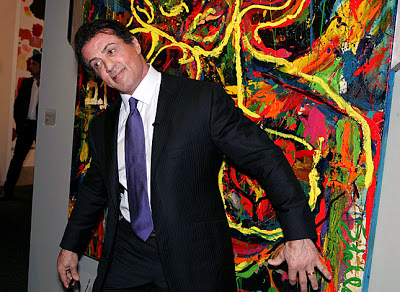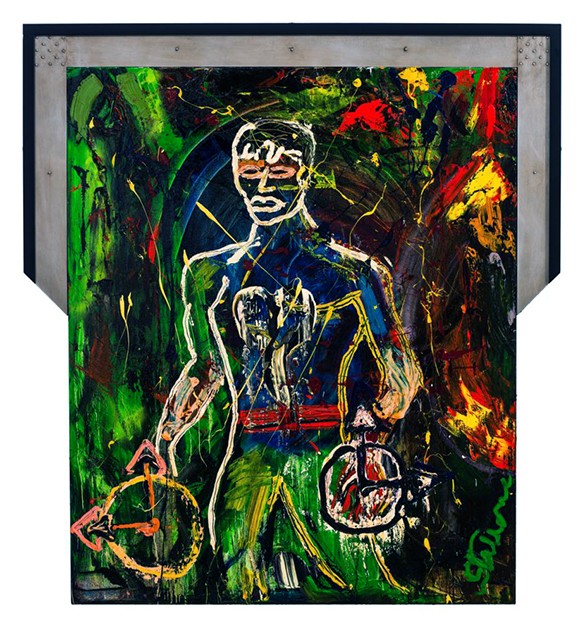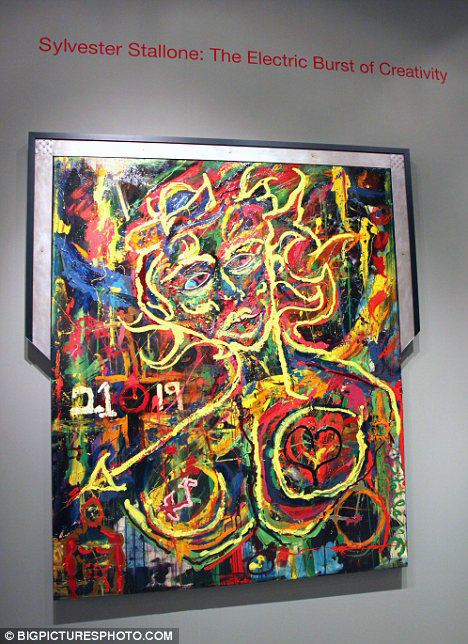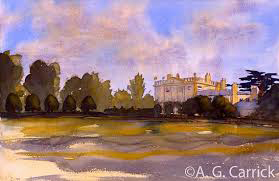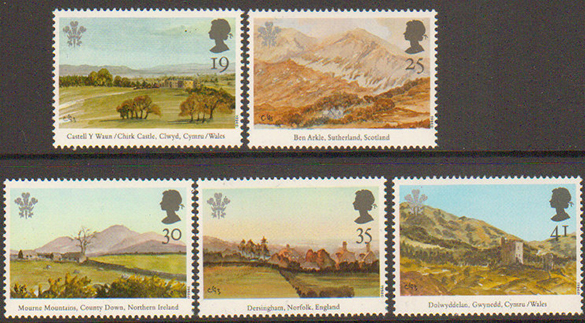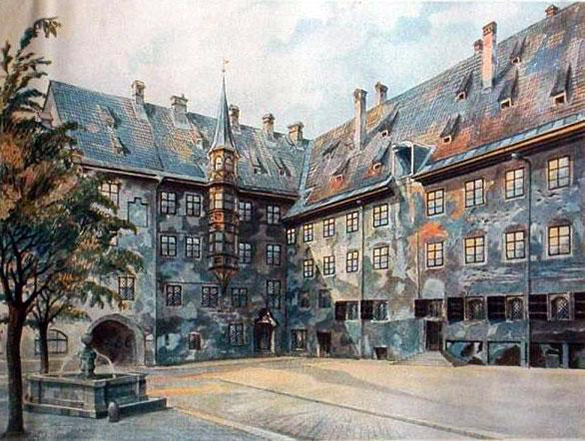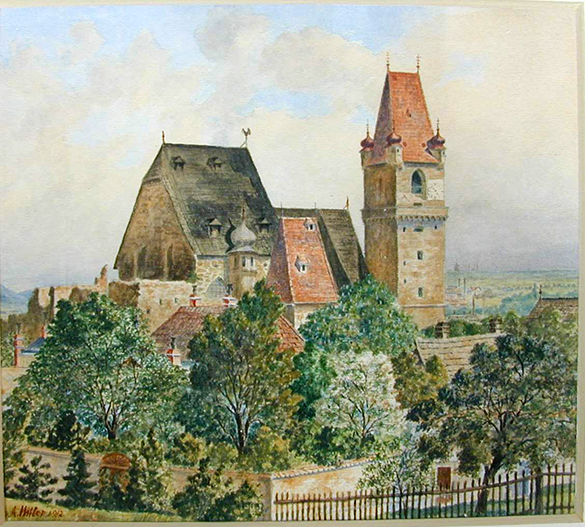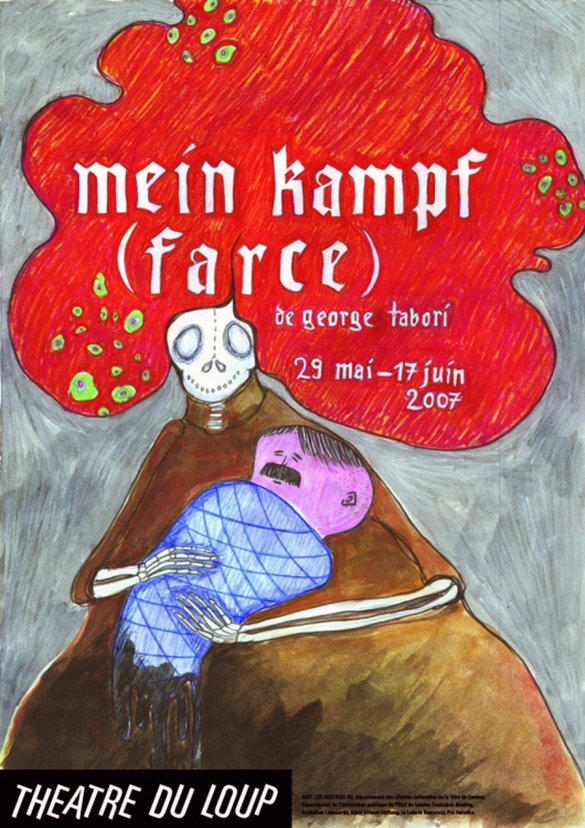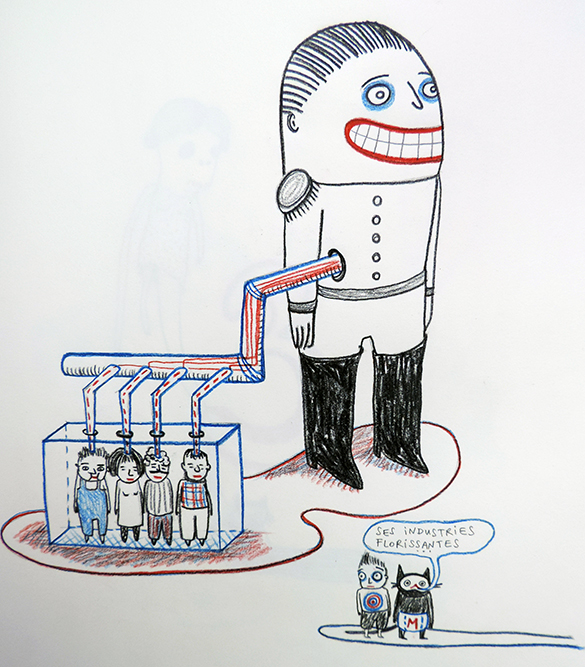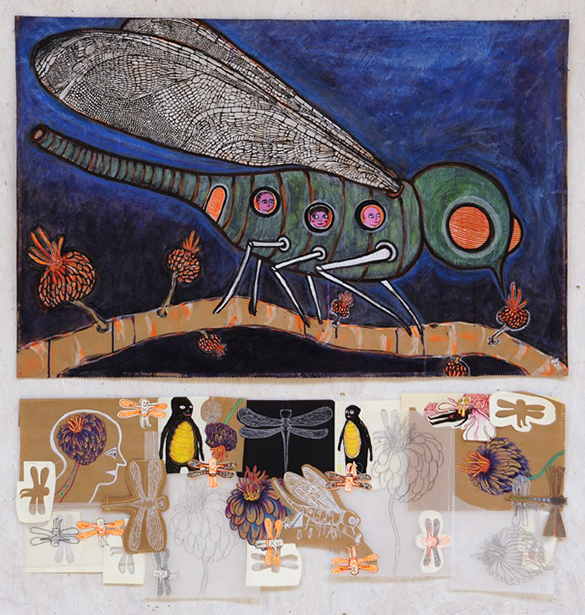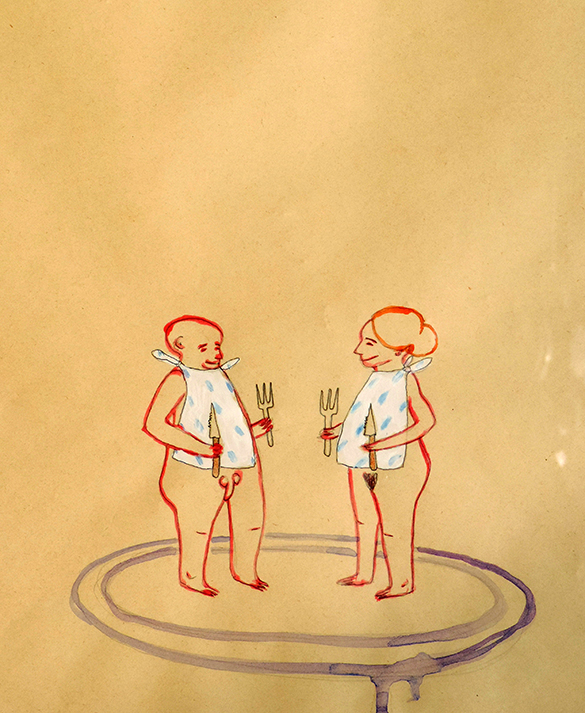George W Bush said of his Russian counterpart “Vladimir Putin is a man I could do business with.” Despite its sixth-form style, I’m sure this portrait captures the real sentiments of most world leaders: “I am not sure I want to do business with Vladimir Putin, but I don’t have a lot of choice!”
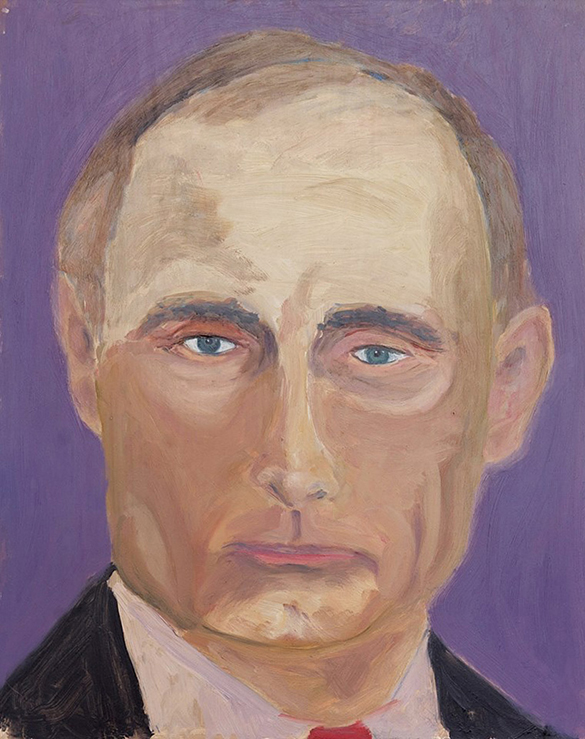
“Vladimir Putin” by George W Bush 2013, 35cm x 25cm, Medium unknown. Copyright: Art of Leadership, Dallas, Bush Foundation
This painting was, in fact, done by George W Bush. If I am allowed an opinion, I think the Putin portrait reveals what the painter felt about the subject: a mixture of fear and respect. This possibly insightful work is the most interesting part of the former US President’s “Art of Leadership” exhibition in which he lavishly displays his own portraits of world leaders (and his dog.) But are they good? Do they have some additional “artistic” merit because of their provenance? Would they demand a higher price than exactly the same work done by, for example, a not terribly talented art student? You bet they would!
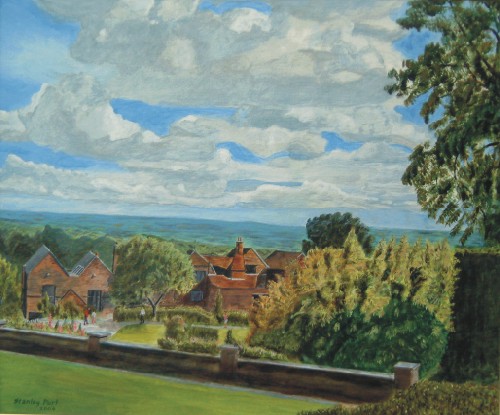
“View over Chartwell” by Winston Churchill (year unkown) 50cm x 41cm, Oil on canvas.
The notion that “W” was powerful leader and painter, brought to mind a visit to the Royal Academy in London a few years ago. I saw – and admit to being not too impressed by – a room full of paintings by Winston Churchill. Recently, a different landscape of his Chartwell home sold at Sotheby‘s for £1 million. So let’s ask another question. If the painter has or had the power to change the destiny of the world, does the picture have additional value because of who painted it? You bet it does! But this is not just about powerful leaders. What it comes down to is our fascination with celebrity.
A few weeks ago, I was in Guildford’s chic and cheerful high street. The stylish Forest Gallery seemed like a good place to flush out some beautiful stuff. And so it proved to be; I found celebrity beautiful stuff! One wall had signed limited-edition prints by Ronnie Wood, Bob Dylan, and Billy Connolly. The gallery’s owner, Washington Green, specialises in works by these celebrities.
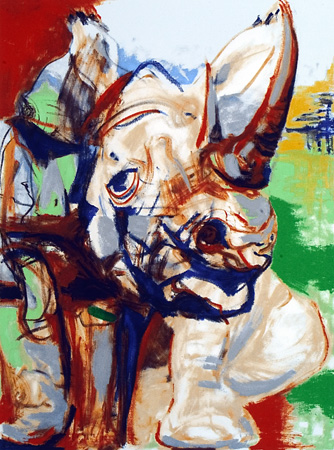
“Rhino” by Ronnie Wood 2005, 62cm x 47cm Screenprint. Copyright: Ronnie Wood Gallery
Rolling Stone, Ronnie Wood, went to Ealing Art School. He kept on painting throughout his whole rocking career. I love this dozy “Rhino” screenprint. However, most of his paintings feature members of the legendary band. The Forest Gallery also had a stunning original of Sir Mick Jagger in action. Would I want a Ronnie Wood print on my wall? Maybe, if I could afford it. Would I want to own an original and show my friends? You bet I would!
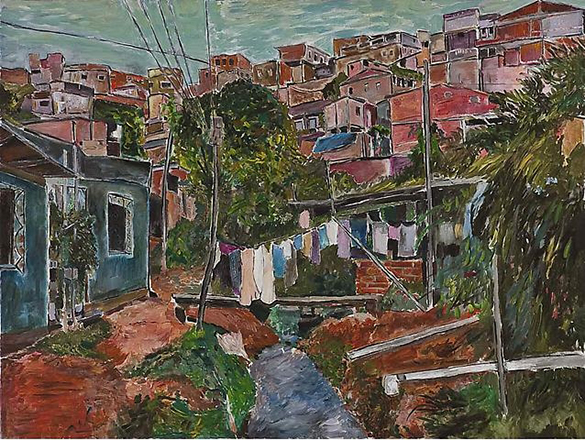
“Favela Villa Broncos” by Bob Dylan 2009, 107cm x 142cm Acrylic on canvas. Copyright: Gargosian Gallery
Despite the enduring presence of Bob Dylan’s music throughout my life and having enjoyed his tangled autobiography “Chronicles,” I never knew he sketched and painted and has done so for 40 years. “Favela Villa Broncos” is one of many ordinary scenes he favours. His “Drawn Blank” series painted between 1989 and 1992 is exhibited in New York and has caused a bit of a stir. But critics have used terms like “less-than-museum-level-artwork” and “art connoisseurs may question the quality.” Here’s my opinion: the man who has probably had the greatest influence on modern music (No Dylan, no Beatles!) has put paint on paper. The result resonates mysteriously with his music. In other words: THIS IS BOB DYLAN’S STUFF! Whatever the New York art critics say, New York art collectors seem to agree and are prepared to pay up to $300,000 for one of his pieces.
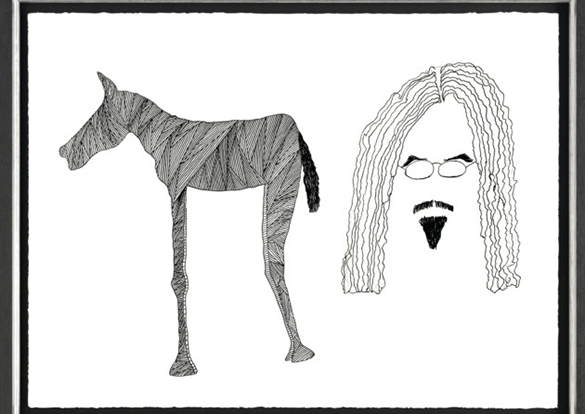
“Self Portrait with High Horse” by Billy Connolly 2011, 56cm x 51cm, Drawing print on watercolour paper. Copyright: Washington Green
Comedian, musician and film actor Billy Connolly has only very recently taken up drawing. Apparently, in 2007, he ducked into an arts supply store in Montreal to escape the rain. Buying pencils and paper seemed like a good idea. He initially hid his doodlings from view but they have since developed into an exhibited series “Born on a Rainy Day.” Beautiful stuff? I’m not sure. But I like them. They are simple but distinctive. There is something that speaks to the Big Yin’s cutting sense of humour. Bear in mind, he’s Glaswegian. Maybe his “Self Portrait with High Horse” is a memo to self – and others – about not getting on a high horse? The prints can be ordered on-line for £700 each.
Talking Beautiful Stuff is about the narrative behind the human impulse to create. We do not aim to comment on, let alone critique, the output of that process alone. The “who” is as important as the “what,” “when,” “where” and the “how” of beautiful stuff. And the “who” is especially important when it comes to celebrities. Let’s admit it!
Humans are fascinated by celebrity. This is part of our nature. Individuals of every culture and, importantly, every primate group are constantly alert to the doings of those who have superior authority, standing or prestige. Whether alphas, royals or warriors, it is these people that determine our security, access to resources and possibilities of greater prestige for ourselves. This hard-wired fascination extends to others with whom these important people are consorting. In this way, we get to understand the ebb and flow of important influences in our societies. Gossip is important; especially celebrity gossip. Hello! Paris Match! OK! If the focus of our fascination and gossip puts paint on canvas, we cannot divorce the painter from our consideration of the painting. Owning the canvas adds to our prestige. This is why we want it and why we are prepared to pay for it.
A judgement of the aesthetic merits of any work includes who the creator is. This is part of the work’s narrative and the difference between stuff and beautiful stuff. I am not shocked if a childish daub by Picasso sells for millions. It’s a Picasso! If I’m honest, I’d be really pleased to own – so I can show it to others and therefore boost my social standing – a childish daub by Barack Obama, Cristiano Ronaldo, Madonna or the Dalai Lama. And having made reference to humans as primates, I’d be happy to buy a work by Congo the Chimpanzee but, first, I would have to speak to my bank manager.
